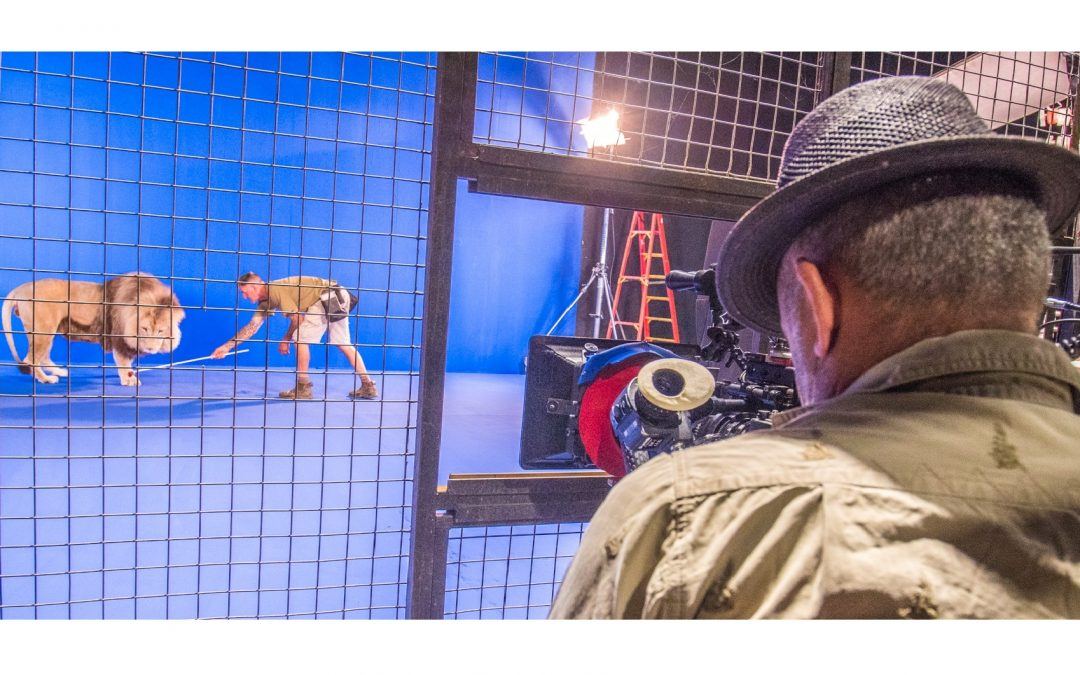Filming with animals is no picnic in the park – although very rewarding. With the newly passed Performing Animals Protection Amendment Act 4 of 2016 (PAPA), things are set to become more challenging for filmmakers, animal owners and handlers. The use of animals as onscreen performers presents a range of technical, legal, choreographic, medical, and strategic difficulties. Special medical insurance may be required for animals just as for human performers. Because animals are relatively incompetent linguistically, choreography and cinematic trickery must take the place of direction. Having said that, the Act is great news for animals as more stringent laws mean more protection for our furry friends on set.
In the film-within-a-film in Truffaut’sDay for Night(1973), for example, there is a scenic reference to the director’s earlier The Soft Skin (1964)—itself a play upon Jean Vigo’sL’Atalante (1934) — that uses a kitten to demonstrate this difficulty. The scene calls for a pair of lovers to wake up one morning, open the door of their motel room, and find a kitten begging for a bottle of milk that has been left on their stoop; when they pour a little into a saucer, she drinks. But the feline actor has other things in mind and keeps heading offscreen; in the close shot that focuses upon her as she sniffs at the saucer of milk, the hand of the assistant director is visible, pushing the animal back into the frame. Many takes are needed before everyone is happy: while in “real life” nothing would seem to be simpler or more natural, in filmmaking this moment is a supremely difficult technical achievement.
Filming with animals is demanding in the extreme, and often arcane. Duplicate or even triplicate performers must frequently be on hand; in Seabiscuit (2003), ten bay horses played the lead role. Animals must be rested between takes, because they tire under the intense heat of the lights and are likely to react adversely to prop noise. Sometimes animals are very close to props themselves: from a design point of view, their natural coloration forms part of the aesthetic challenge of a shot.
While screen action involving animal performances is constructed to look believable and is often intended to represent excitement and danger, care must be taken to ensure the safety, nourishment, and protection of animals working in the film industry. Sets and animal costumes must be safe for animal contact; animal action must be meticulously planned to keep within the bounds of what training can effect and to protect animals from harm.
Many techniques of scene simulation are used, including blue or green screen background projection, mechanically operated simulated animals or animal parts or “animaltronics.” In Dr. Doolittle 2 (2001), for instance, a suicidal tiger paces on a window ledge and is “talked down” by the animal psychiatrist (Eddie Murphy). The tiger was filmed pacing against a green screen, and this image was then combined optically with a shot taken at a designed window ledge. Using computerized two-dimensional imaging techniques, frames showing an animal moving its mouth naturally can be individually coordinated with a prerecorded sound track to give the impression, in close-up, that the animal is mouthing words.
The tricks that trainers, cinematographers, directors, and handlers use in order to produce realistic but bizarre animal performances onscreen are uncountable.

